Starfield Review
Overall
-
Story And Setting
-
Gameplay
-
Visuals And Performance
Verdict
Starfield aims high and delivers an expansive galaxy ripe for exploration, but it stumbles in its execution.
- Developer: Bethesda Game Studios
- Publisher: Bethesda Softworks
- Release Date: September 6, 2023
- Platforms: PC, Xbox Series X/S
- Tested On: PC, Xbox Series X
Pros
- Deep Character Creator
- Expansive Sci-Fi Universe
- Engaging Faction Questlines
- Visually Appealing
- Spacecraft Customization
Cons
- Forgettable Main Questline
- Uneven Space Combat
- Limited Exploration Mechanics
- Bad PC Performance
- Clunky UI
Having spent countless hours in Bethesda games like Morrowind, Skyrim, and Fallout 4, I cried tears of joy when they first teased their brand new space RPG at E3 2018. And as the curtain on this title was lifted slowly over the years, my excitement for it only grew.
And now that day has finally come. Starfield is taking a sweet chunk of my hard drive, my time, and most importantly my framerate. As I cruise through a far-off solar system in my custom-made Millenium Falcon, enveloped by the perpetual yet soothing darkness of space, I ask myself the question.
Does this game still have that Bethesda magic that made their Elder Scrolls and Fallout franchises so loved? Or does it reveal a far more gloomy truth that developers who used to look up to the studio have long surpassed them in the same genre they were once hailed to be the masters of? Let’s discover the truth among the stars in our Starfield Review.
Story And Setting
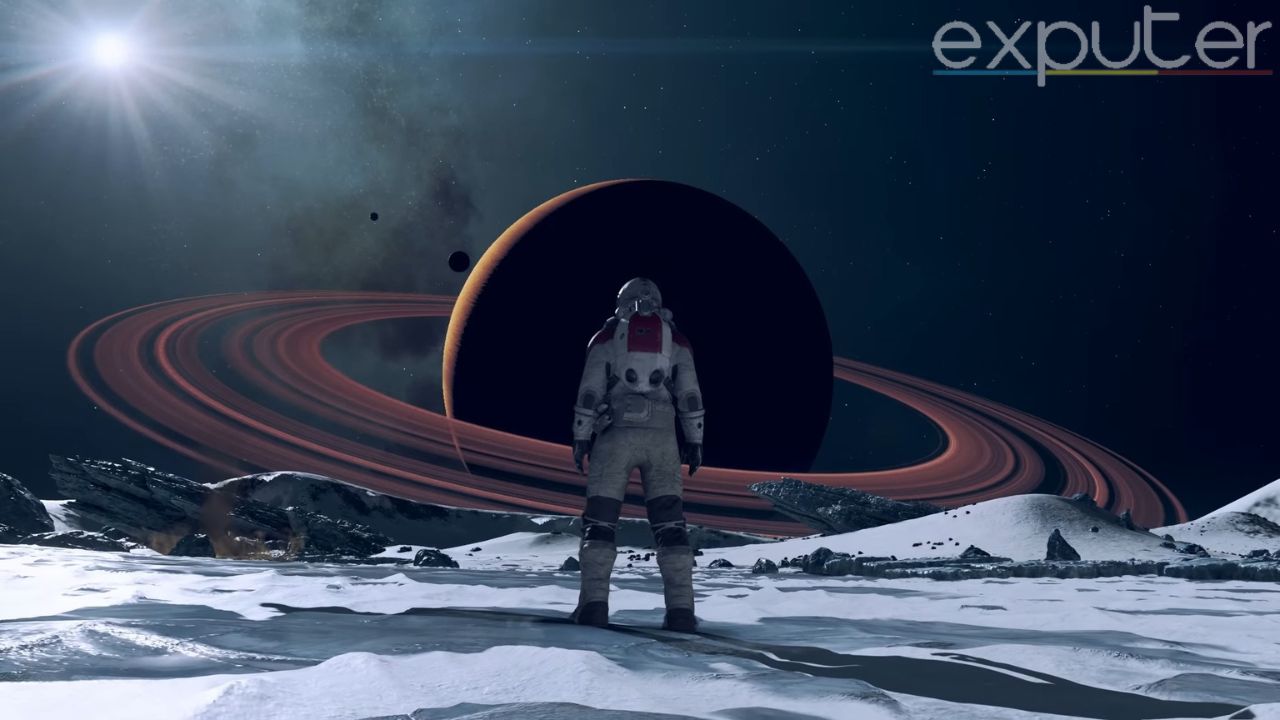
Before hopping into this space adventure, players are introduced to a detailed character creation system, Bethesda’s best yet, which allows them to create any human abomination they want. After that, an excruciatingly long and uninteresting intro sequence awaits them which is the studio’s worst yet.
The story of Starfield is set in motion when players, assuming the role of a space miner, inexplicably come into contact with a mysterious buried artifact. This enigmatic connection grants the protagonist glimpses into an expansive cosmic mystery that forms the foundation of their journey.
The game’s backdrop is a network of human colony worlds, established after a mass exodus from Earth. While this premise holds the promise of a rich and engaging narrative, the narrative often fails to deliver on this potential.
One of the standout features of Starfield is its character dialogue and storytelling. Bethesda has a history of crafting memorable characters and their narratives, and this game initially appears to follow in this tradition. Players are introduced to a diverse cast of characters, each with their unique personalities and motives.
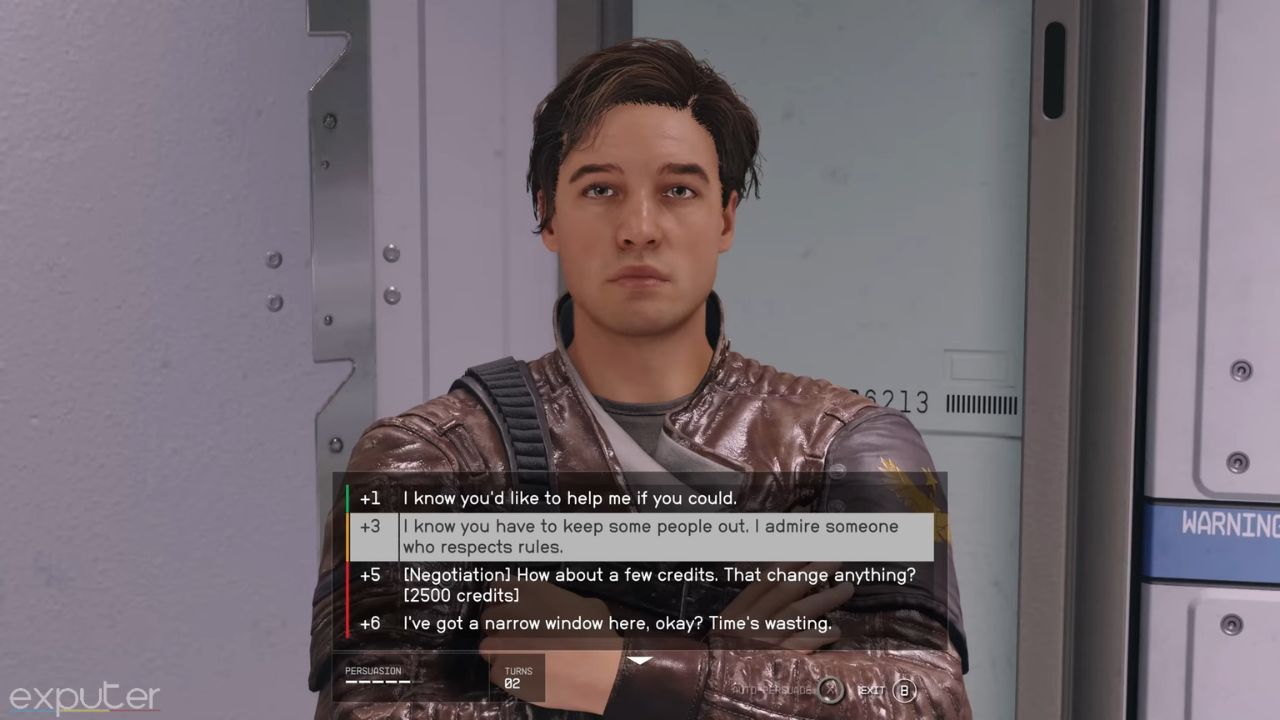
These characters offer different questlines and interactions, adding layers to the story. However, while the characters themselves are interesting, the quests concerning them are not so much. But, the random encounters with NPCs remain as interesting as ever.
Like any other Bethesda RPG, factions are diverse and are the heart and soul of this game.
These unscripted moments offer a refreshing break from the structured missions and quests, infusing the game world with a dynamic and unpredictable element. As you soar through the cosmos in your spacecraft or traverse the landscapes of alien planets, you might come across a diverse range of these events.
From distress signals of stranded travelers to enigmatic anomalies that beckon you closer, Starfield excels in keeping players on their toes. Some encounters even lead to unexpected quests, with each having its unique storyline and rewards.
These spontaneous adventures can range from aiding a stranded research team in an uncharted world to mediating a dispute between two hostile groups. The unpredictability of these encounters adds a sense of realism to the game, making the universe feel truly alive.
Like any other Bethesda RPG, factions are diverse and are the heart and soul of this game. The Constellation, focused on exploration, leads the central storyline, involving artifact retrieval and cosmic mysteries. Pirates and corporations offer combat and intrigue missions,
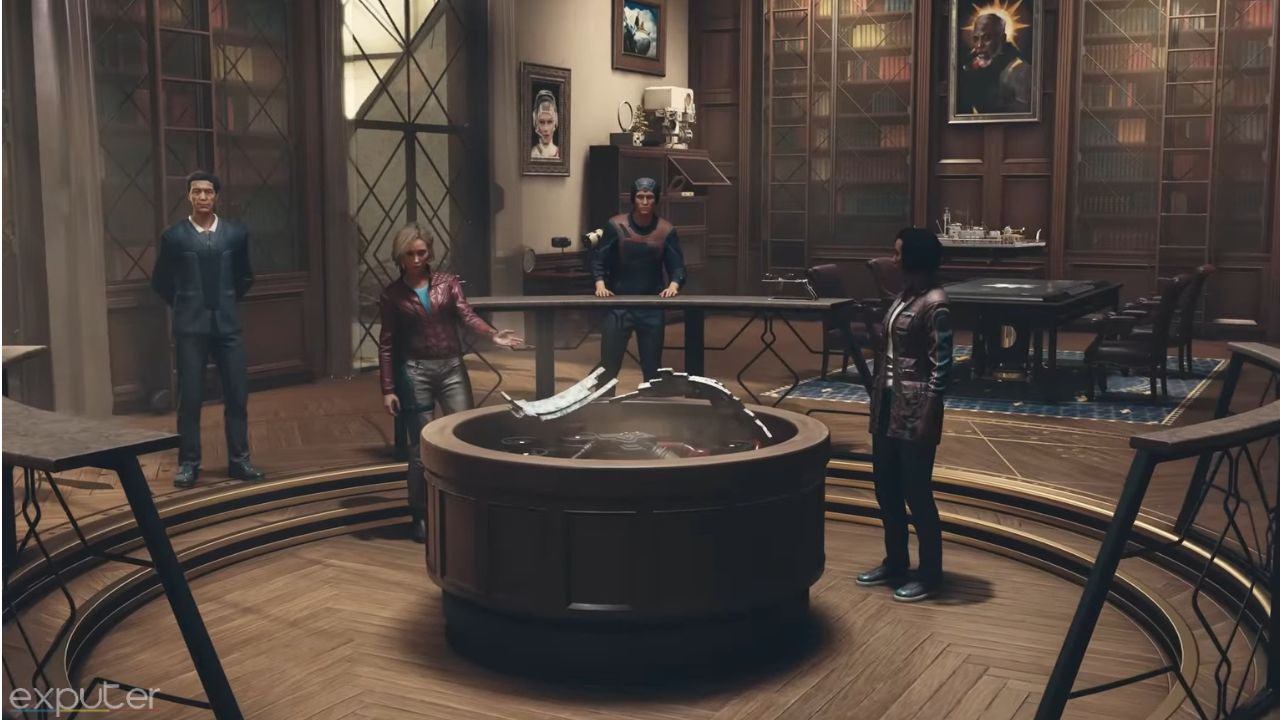
Outlaws lurk in lawless regions, exploration guilds facilitate discovery, ancient cults hold secrets, and colonial governments deal with internal issues. These factions provide diverse narratives and activities, enriching the game’s storytelling and offering choices that impact the overall experience.
But the same can be said about the main quest which, while branching and non-linear in theory, often leads to a series of fetch quests and missions that lack depth. Players are frequently tasked with collecting artifacts or exploring planets, but the context and motivations behind these quests often feel uninspired.
The sense of wonder and intrigue that should accompany a cosmic odyssey is overshadowed by the repetitive nature of these tasks. This repetitive loop becomes more noticeable and frustrating as players progress through the game.
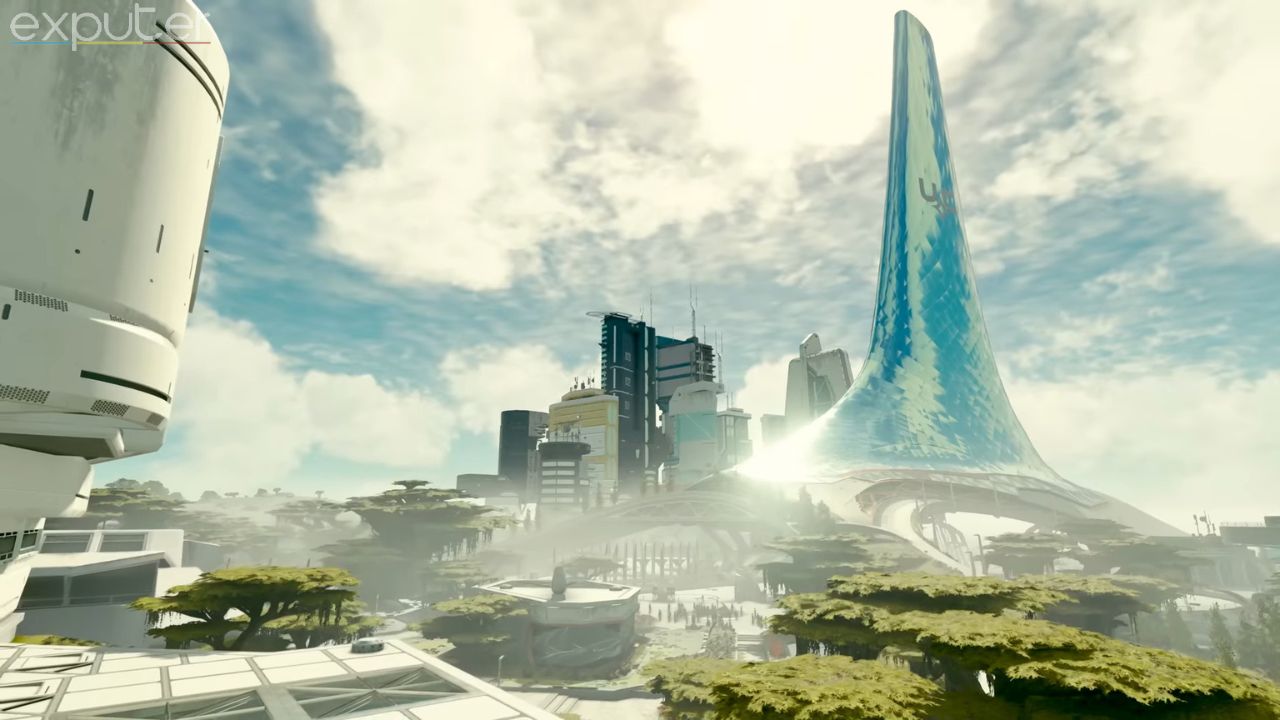
As promised, Starfield comprises a multitude of star systems with over 1,000 planets to visit, offering the potential for rich and diverse environments. But as a consequence of following the NASA-punk direction, a huge chunk of these are barren, lifeless worlds, with procedurally generated content here and there, forcing players to spend hours jumping from planet to planet before they can find anything remotely interesting.
This is quite a divisive step, as although many will appreciate them for their realistic direction, many more will experience burnout roaming these lifeless rocks over and over again.
This isn’t to say that there aren’t any interesting places to explore. Sometimes you hit a diamond in the rough and landing on a new planet and encountering unknown megafauna or exploring a bustling city with different cultures and questlines can be genuinely intriguing.
There are moments where it effectively captures the essence of humanity’s desire to venture into the unknown, delivering breathtaking beauty and cosmic intrigue
Ultimately, while the game offers moments of enjoyment and exploration, it struggles to fulfill the lofty expectations set by Bethesda’s previous titles. In a gaming landscape filled with richly immersive and narrative-driven experiences, Starfield’s plot, while not devoid of merit, falls short of the genre-defining standards set by its peers.
Gameplay

One of the standout features of Starfield’s gameplay is the Background and Trait system. Players choose a Background that defines their character’s history and influences how NPCs react to them. Additionally, they select three character traits that unlock specific dialogue options and gameplay advantages.
These choices not only personalize the character but also encourage replayability as players explore different character builds and story paths. Skills are divided into five distinct trees: Physical, Social, Combat, Science, and Tech. Each skill tree offers four unlockable ranks, with increasingly challenging requirements.
As players level up these skills, they gain access to additional perks, expanding their combat capabilities, crew management, and access to advanced outposts and spacecraft. This system adds depth and variety to the gameplay, encouraging players to experiment with different playstyles.
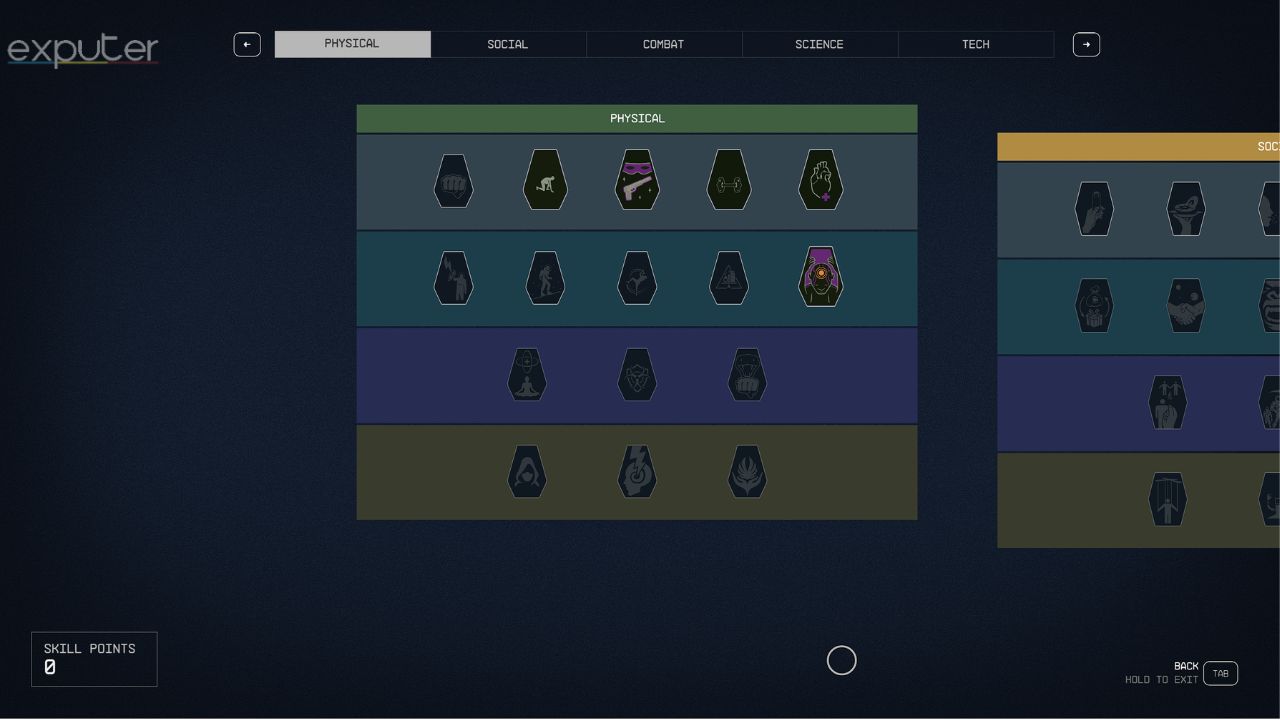
The game also introduces engaging outpost-building mechanics. Unlike Fallout 4’s system, this one offers a more user-friendly experience, letting players construct exteriors and interiors. It provides two distinct viewpoints: an overhead view for managing larger structures and a ground-level perspective for intricate details and decoration. Assigning crew members to your outposts enhances their efficiency.
Shipbuilding is another noteworthy addition. It allows players to customize their spacecraft, from engines and weapons to interior layouts. This feature appeals to players interested in customization and adds a layer of strategy as different ship components affect gameplay.
For those who want to simplify the process, purchasing a new ship or upgrading existing components at a spaceport is also an option. However, it’s important to note that shipbuilding and customization become more accessible and enjoyable in the late game, requiring substantial resources and progression.
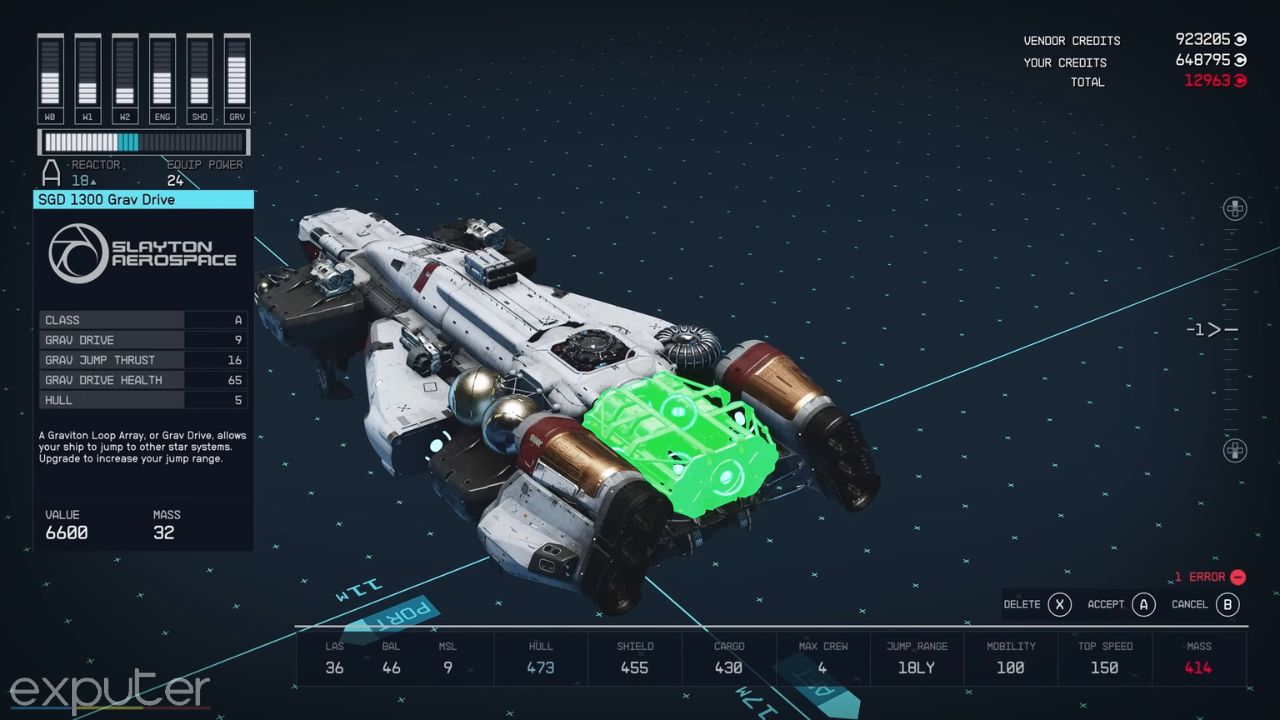
These were the positives, let’s now get to the ‘iffy’ parts of the gameplay. Combat is where Starfield exhibits both promise and frustration. Gunplay has significantly compared to their previous titles, offering a variety of weapons that provide satisfying feedback.
Traversal is exhilarating, thanks to jet boost packs that allow players to leap and mantle through environments. However, it can feel stiff and mechanical at times, and enemy AI often lacks the strategic depth to pose a real challenge. Foes pursue unwise paths and positions, undermining the tension and excitement that combat encounters should provide.
Shipborne space combat, a potentially thrilling element, also suffers from inconsistency. Battles either end in seconds with the player’s overwhelming victory or present unwinnable scenarios where enemies vastly outclass your capabilities. This lack of balance leaves little room for engaging and satisfying space skirmishes.
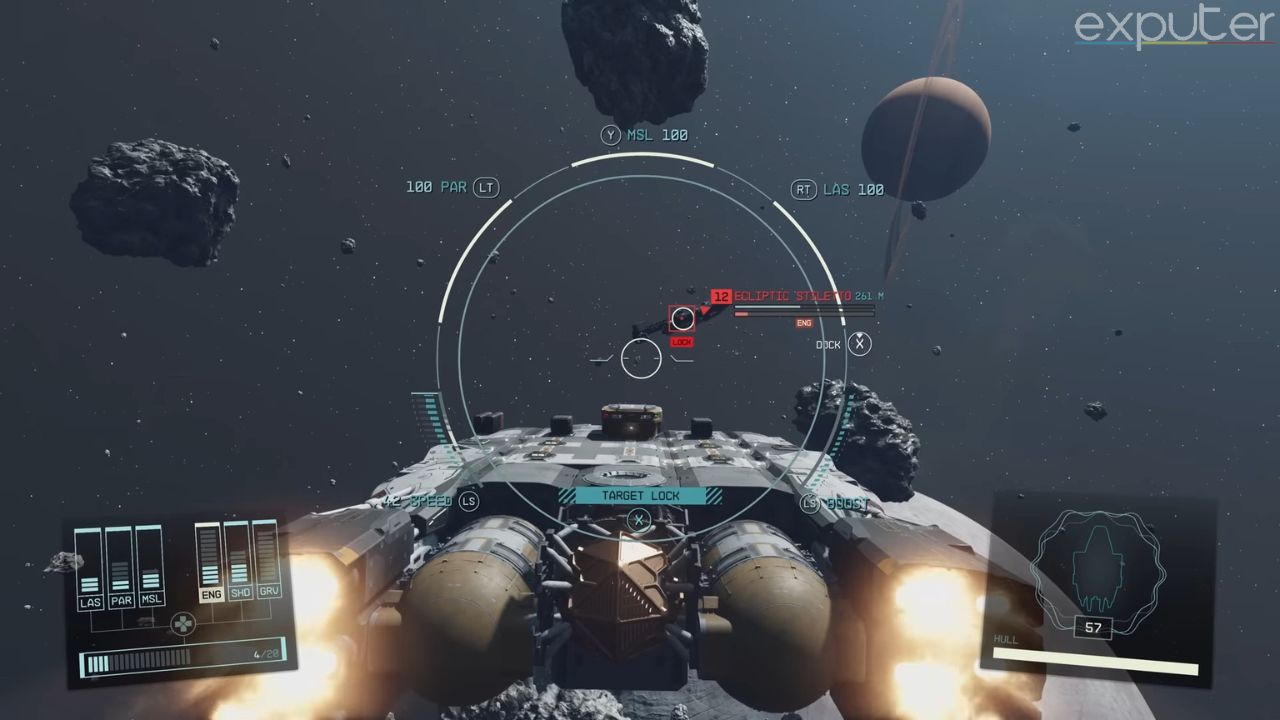
The disappointment extends to the game’s exploration mechanics. Despite being the core element of Starfield, they often feel limited and unfulfilling. Players can traverse planets, but the freedom to land anywhere is restricted.
Each planet is divided into sections with predetermined landing points, reducing the sense of exploration and discovery. Some settlements also feel like lifeless dioramas, lacking the cultural depth and diversity that could breathe life into the game’s world.
While this title promises a galaxy to explore, it falls short in providing an engaging and interactive space travel experience.
A prime example of this is New Atlantis, which was showcased in many gameplay deep dives. The best thing to do there is to complete any quests as quickly as possible and leave. Neon City is a fairly interesting settlement with tons to do that is actually worth the effort and time.
Space travel mechanics are also a prime example of missed potential. While this title promises a galaxy to explore, it falls short in providing an engaging and interactive space travel experience. The decision to automate most of the flight process through menus, cutscenes, and loading screens robs players of the excitement and agency that should accompany interstellar exploration.
Games like Elite Dangerous and No Man’s Sky have successfully gamified space travel, making it a thrilling part of the experience. Starfield’s automated approach feels like a step backward, a missed opportunity to fully immerse players in the wonders of the cosmos.
The user interface and systems, while pleasing to look at, are mechanically flawed and contribute to the overall frustration. Navigating menus and performing basic tasks, such as selling excess inventory or reaching specific star systems, can be needlessly convoluted.
The constant need to access menus for essential actions disrupts the sense of seamless travel and exploration. Players may find themselves wrestling with a UI that feels more like a car dashboard where buttons are inexplicably scattered, detracting from the overall experience.
Visuals And Performance
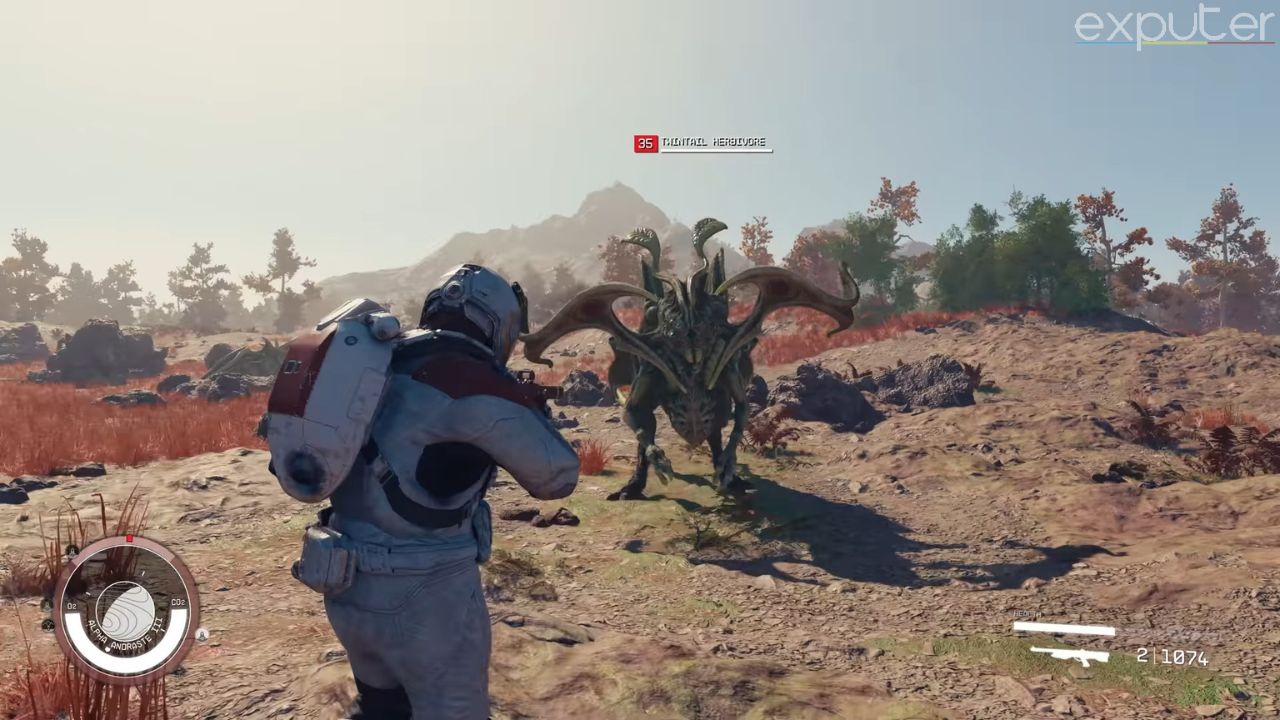
Although the Creation Engine is breathing its last, begging to be replaced, the studio has managed to do some workarounds and make the game look visually pleasing. Starfield boasts expansive star systems, each with its unique celestial bodies, from rocky, barren planets to lush, vibrant worlds.
The attention to detail in crafting these celestial landscapes is evident, with environments that evoke a sense of wonder and exploration. Whether you’re gazing at distant stars from your spaceship’s cockpit or walking the alien landscapes, there’s no denying that the galaxy can look breathtaking.
The character models are generally well-designed, with a range of unique personalities and appearances that reflect the diverse inhabitants of the universe. Improved facial animations compared to previous titles contribute to more expressive characters during dialogue sequences.
While not on par with the cutting-edge facial animations seen in some other recent RPGs, it’s a noticeable step forward for Bethesda.

Unfortunately, the character animations, while improved, still exhibit a level of stiffness that can be distracting during dialogue sequences. Characters may move unnaturally, and their interactions lack the fluidity and realism seen in some other modern RPGs. It’s a reminder that the engine they are using is severely outdated.
The musical score deserves special mention. It is wistful and evocative which perfectly complements the sense of cosmic exploration. Whether you’re embarking on a daring space mission or contemplating the mysteries of the universe, the music enhances the mood and adds emotional depth to the exploration.
However, for all its visual splendor, it is not without its share of performance issues and technical glitches. One of the most glaring issues players may encounter is the occasional disappearance of textures and objects. Floors and faces may inexplicably vanish, leaving players in bizarre and immersion-breaking situations.
While these glitches are generally not game-breaking and can often be resolved by restarting the game, they detract from the overall polish that players expect from a AAA title.
The attention to detail in crafting these celestial landscapes is evident, with environments that evoke a sense of wonder and exploration.
Performance varies depending on the platform, with the Xbox Series X offering a more stable experience compared to the PC version. On the Series X, the game runs at a locked 30 frames per second, with occasional drops during intense combat encounters.
These frame rate drops, while noticeable, do not significantly hinder the overall experience. However, on the PC, players may encounter more variable performance, with frame rates fluctuating based on system specifications and settings.
One noteworthy aspect of Starfield’s performance on PC is its partnership with AMD, which has optimized the game for AMD hardware. This optimization includes FSR 2 image processing and upscaling, a technique that enhances image quality.
While this benefits players with AMD GPUs, it leaves Nvidia users without DLSS support, a feature that provides similar advantages. This exclusivity raises questions about accessibility for players with different hardware preferences.
Starfield’s minimum and recommended system requirements are relatively demanding, requiring mid to high-tier CPUs and GPUs, as well as ample RAM and storage space. Players with lower-end systems may struggle to achieve smooth performance at higher settings, which could limit their ability to fully enjoy the game’s visual splendor.
Verdict
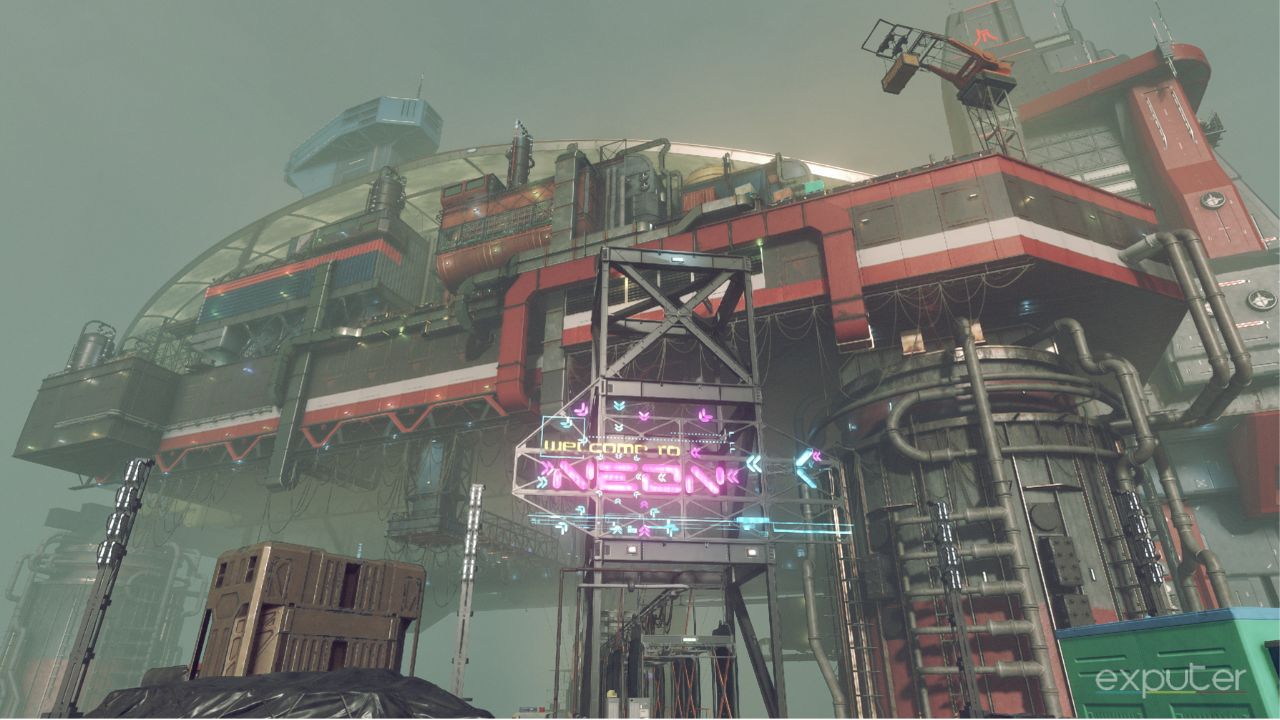
Starfield aims high but encounters some turbulence along the way. It delivers an expansive galaxy ripe for exploration, but it stumbles in its narrative’s execution, leaning heavily on fetch quests.
The gameplay shines with decent combat and a diverse array of weapons. Navigational issues hinder seamless travel, but once mastered, the universe opens up. Visuals impress, capturing the essence of a grand sci-fi adventure, but they are counterbalanced by the abysmal performance on PCs.
The game’s strength lies in its myriad distractions, from faction quests to setting up outposts. It’s a universe worth uncovering, though it may take time to truly appreciate its vastness.
Starfield represents an ambitious leap into a new frontier, but one still finding its footing among the stars. Despite these flaws, it has nearly limitless modding potential and seven years down the line, we might be looking at a completely different game.
For now, players should embark on this cosmic odyssey keeping their expectations in check, ready to explore a universe that, while flawed, is undeniably captivating.
This has been our Starfield Review. While you’re here, consider checking out some of our other articles.
- Armored Core 6: Fires of Rubicon Review
- Atlas Fallen Review
- Baldur’s Gate 3 Review
- Ratchet & Clank: Rift Apart Review
- Satisfactory Review
- Viewfinder Review
Thanks! Do share your feedback with us. ⚡
How can we make this post better? Your help would be appreciated. ✍
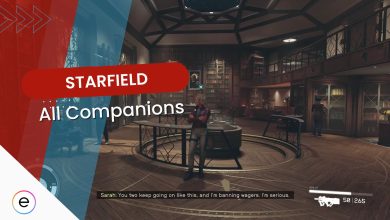
![Starfield Best Starting Skills [Top 12]](https://exputer.com/wp-content/uploads/2023/09/Starfield-Best-Starting-Skills-Top-12-390x220.jpg)

